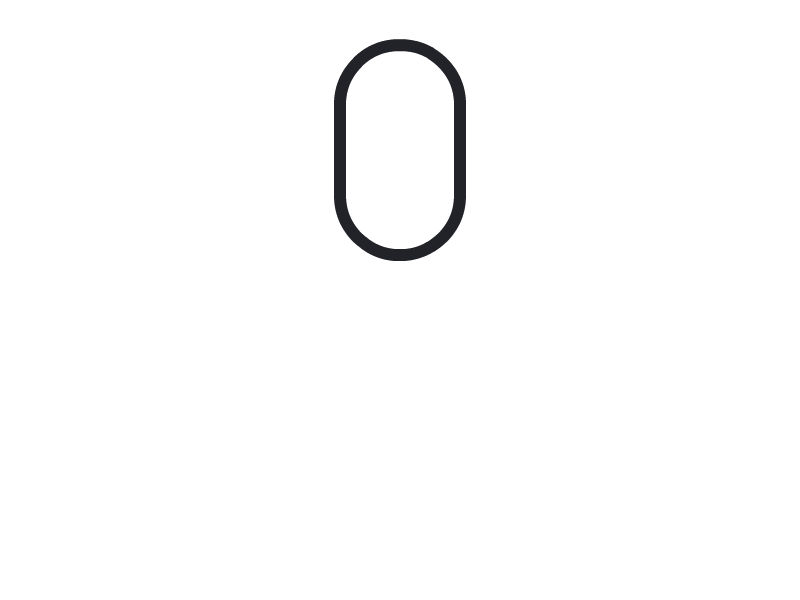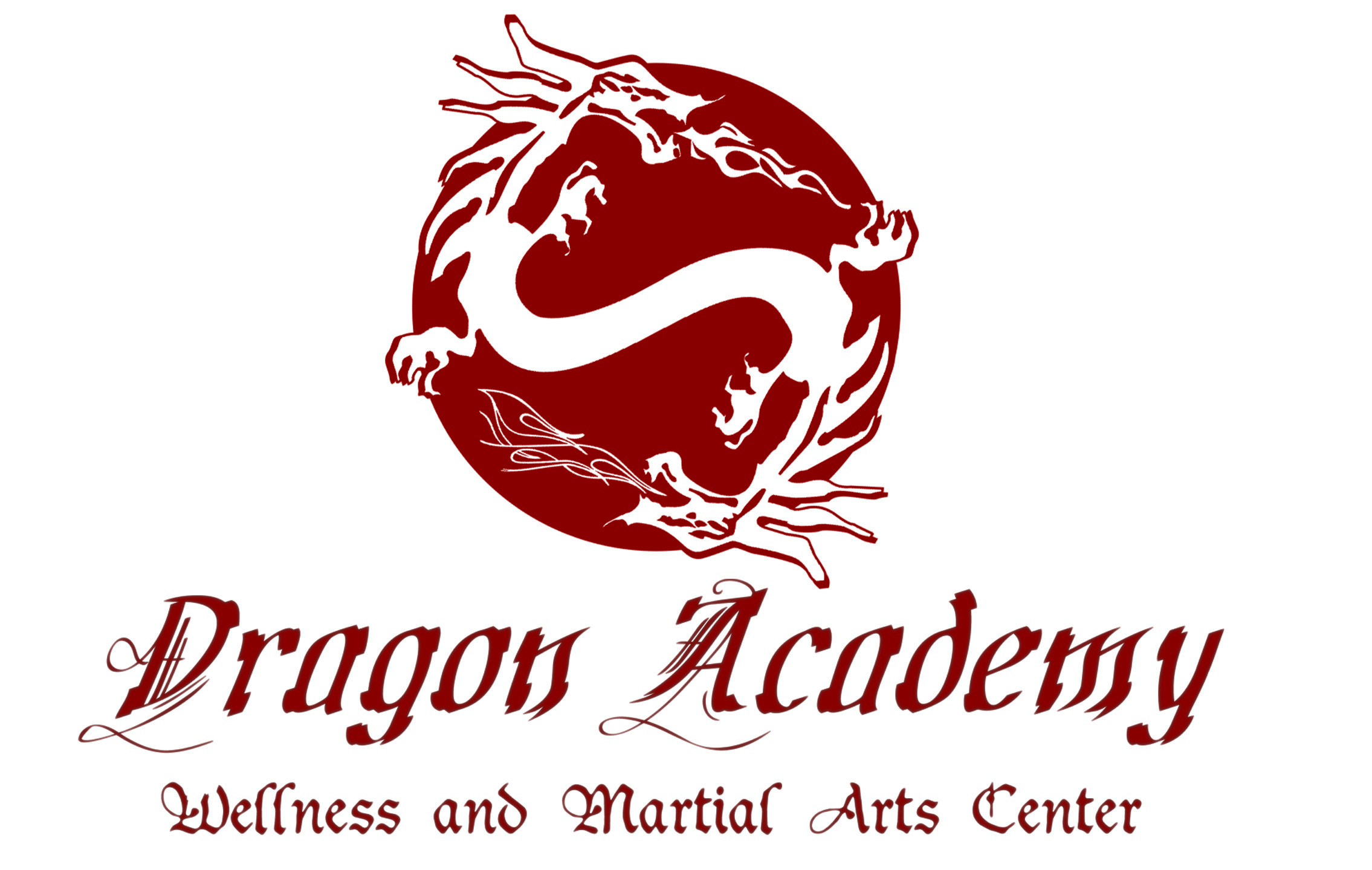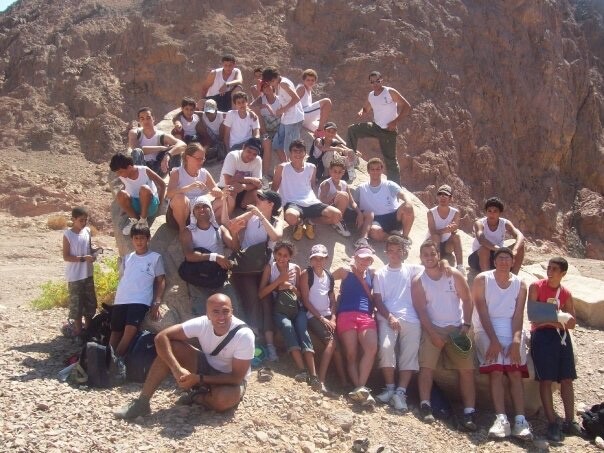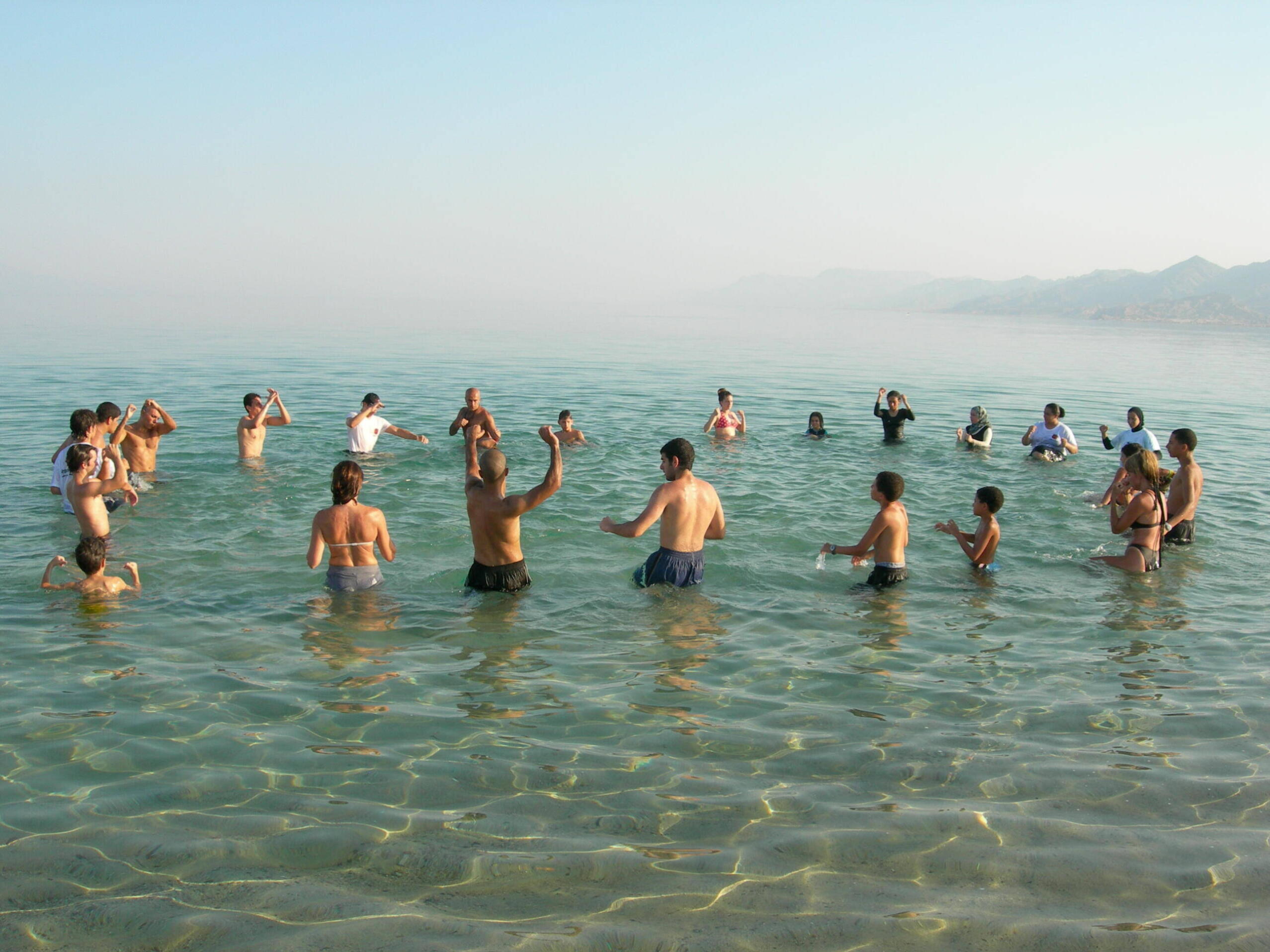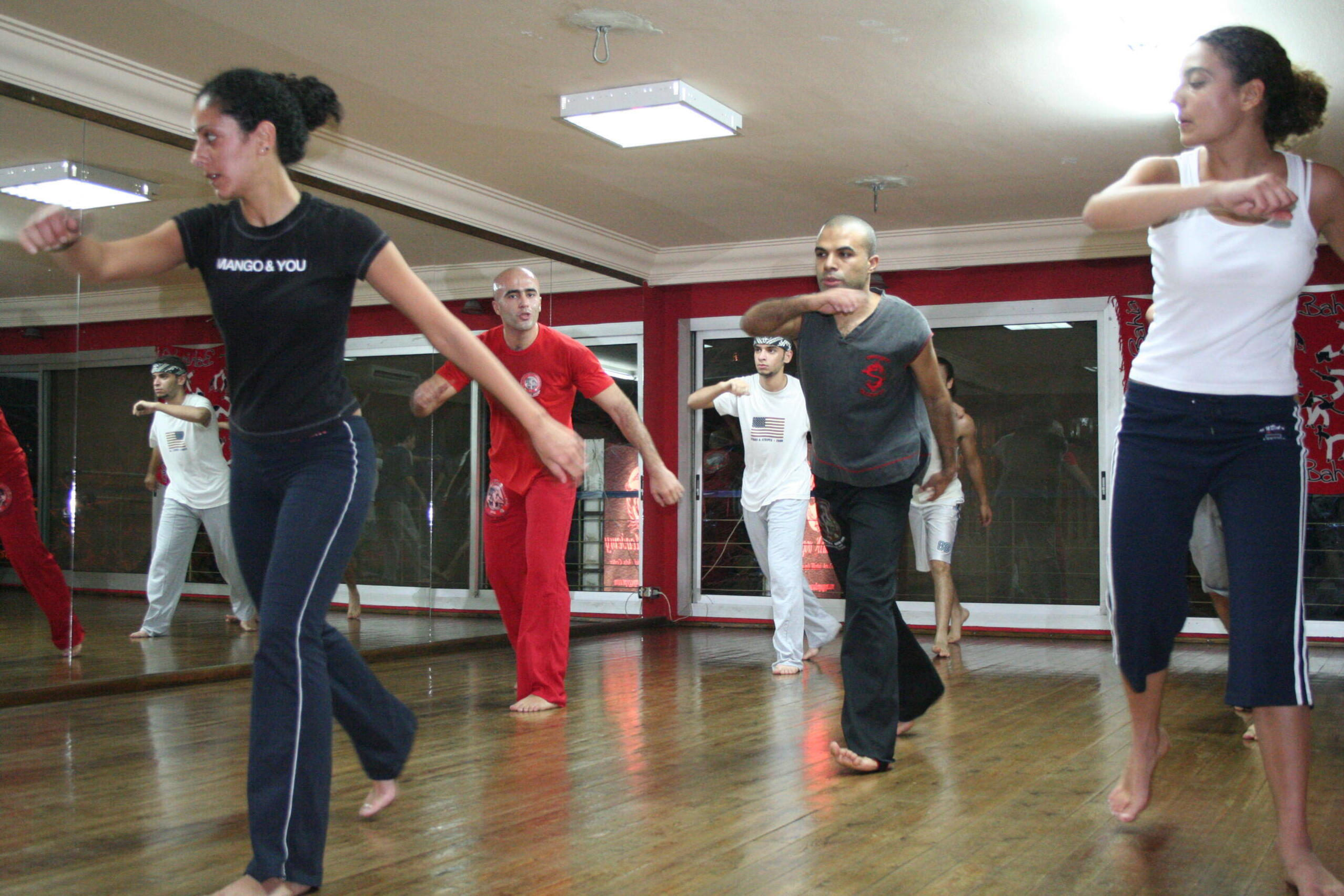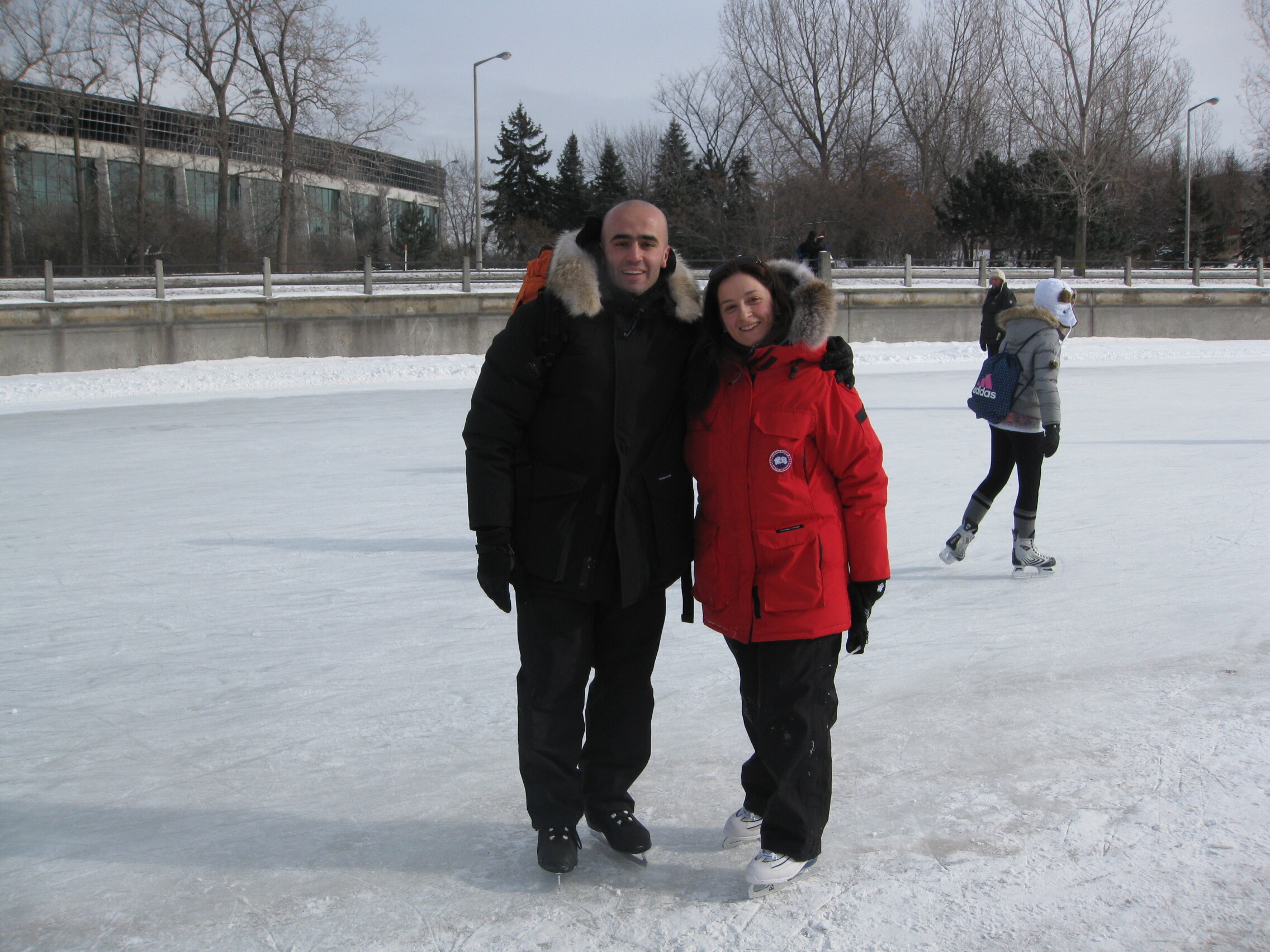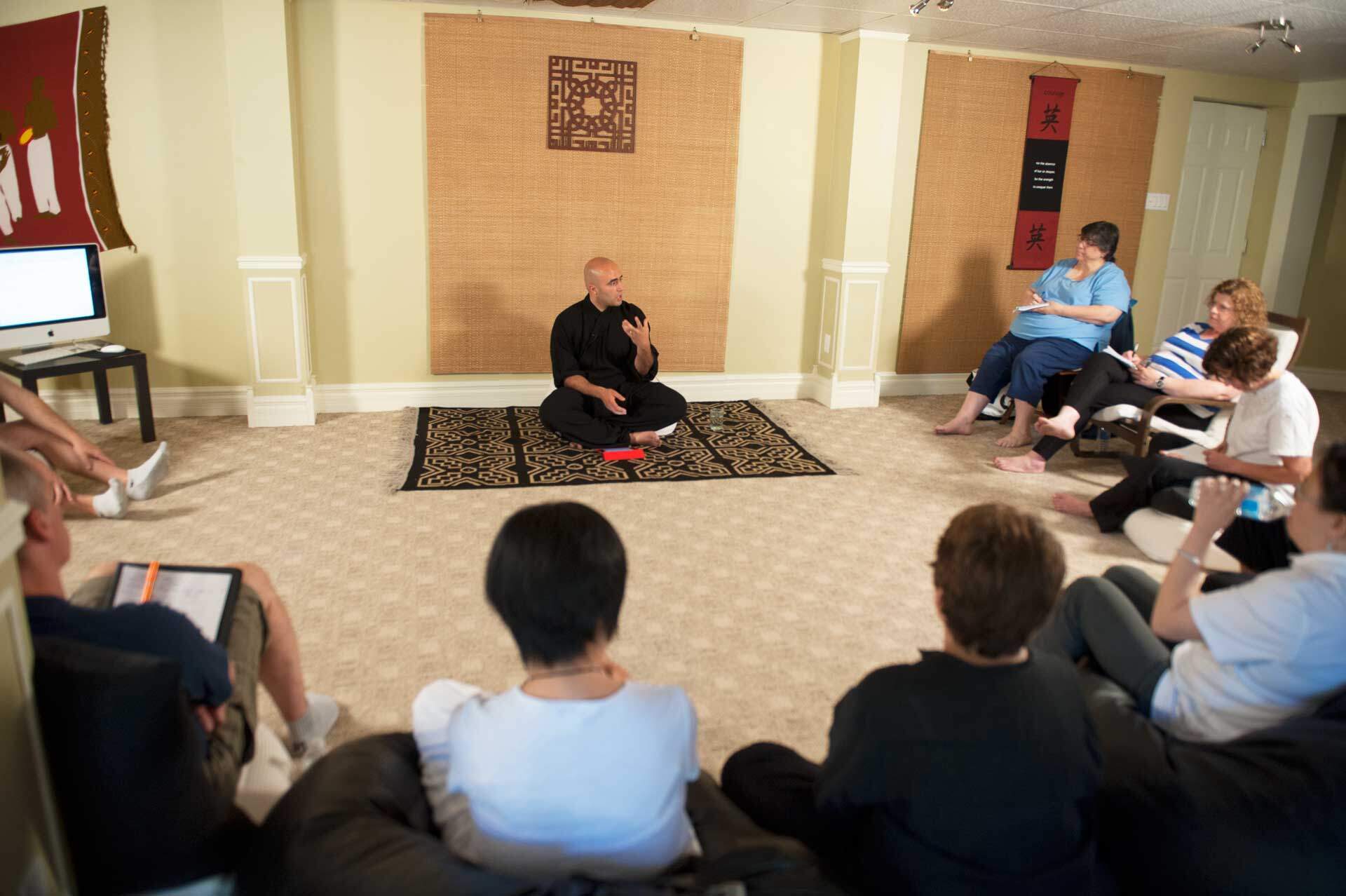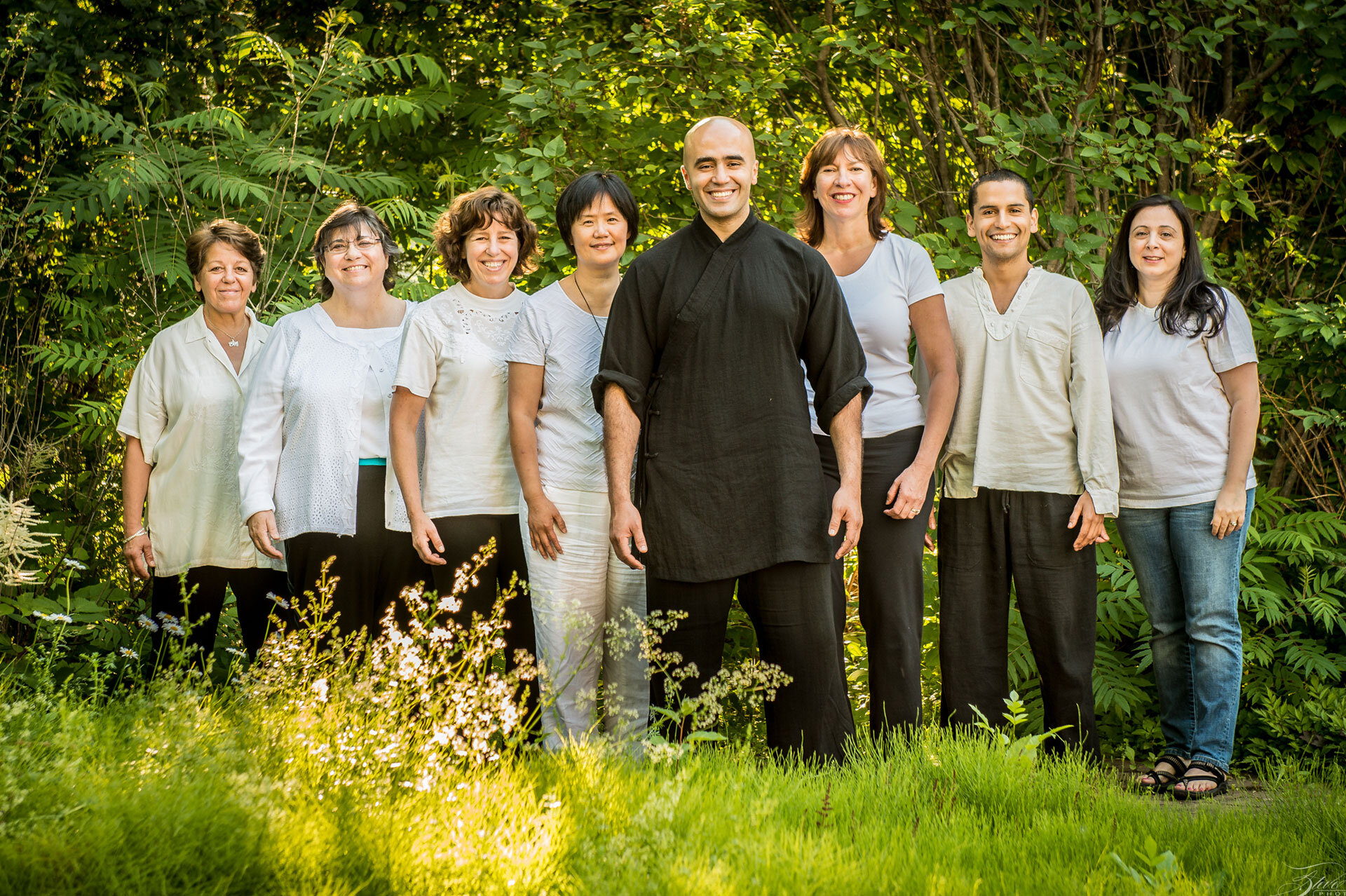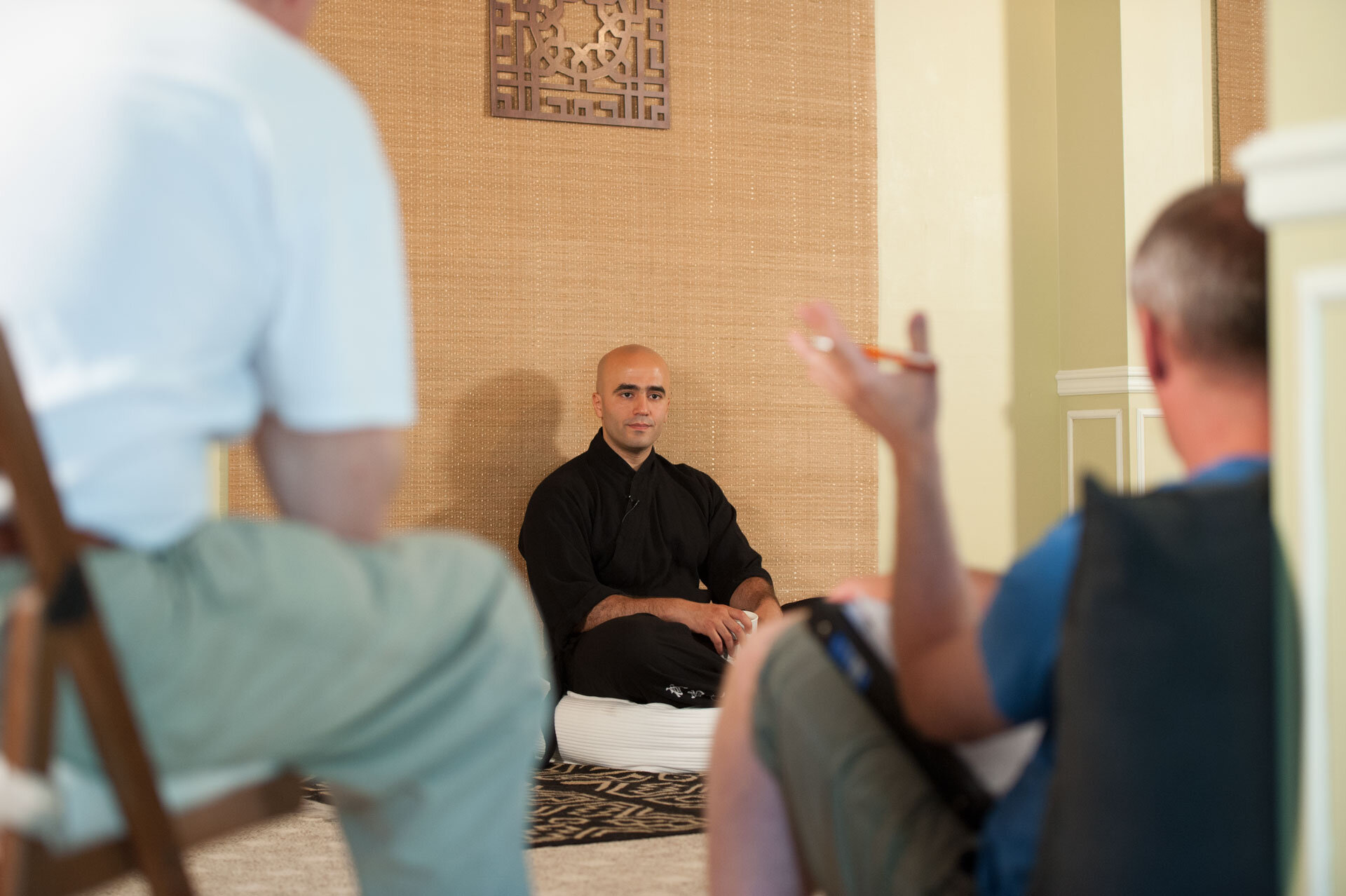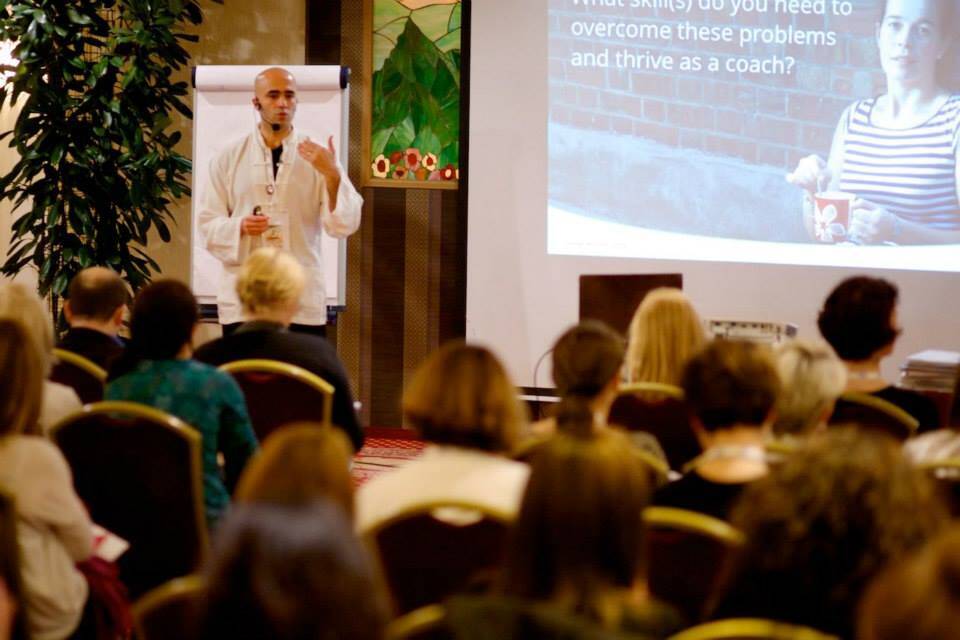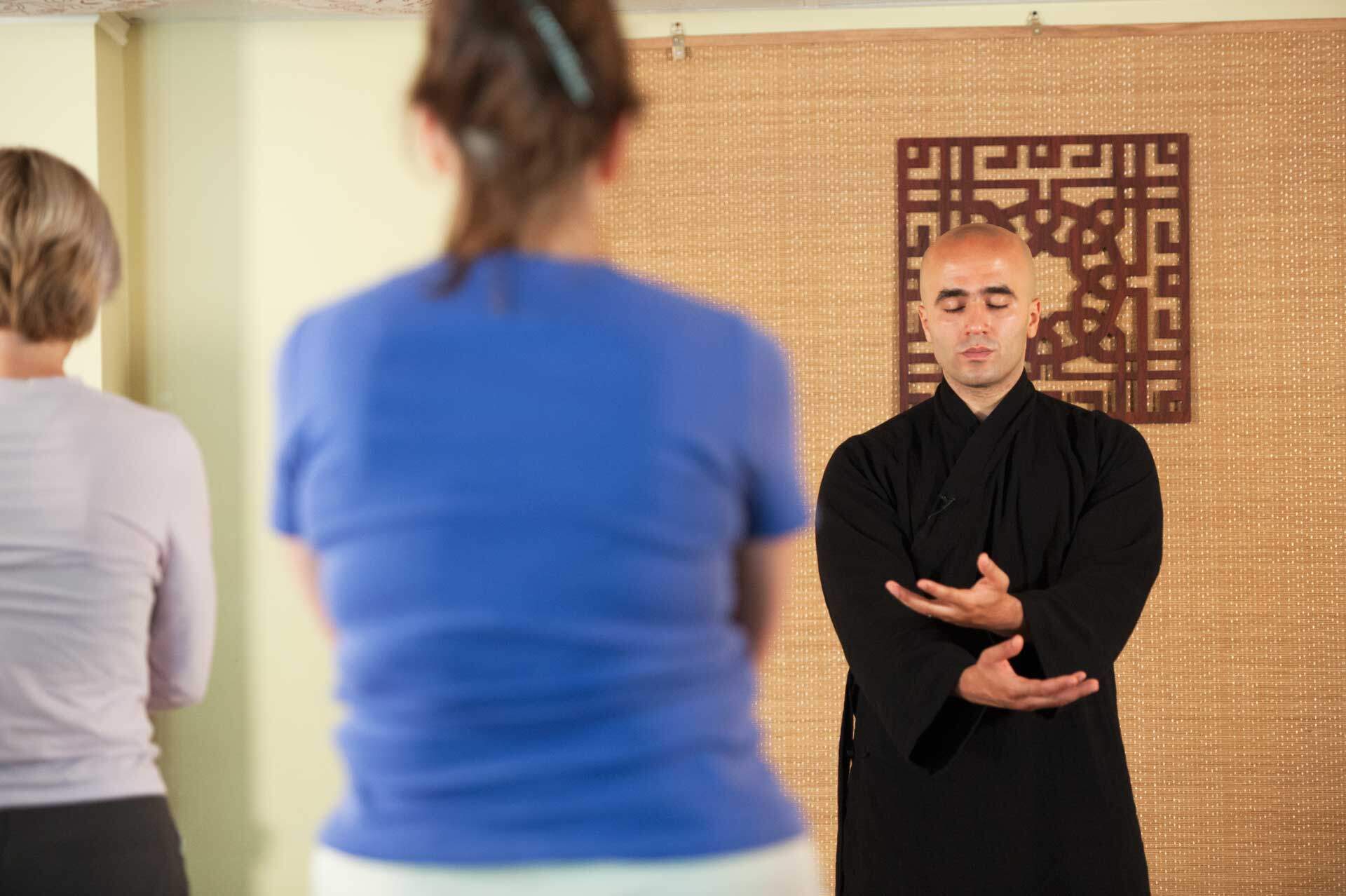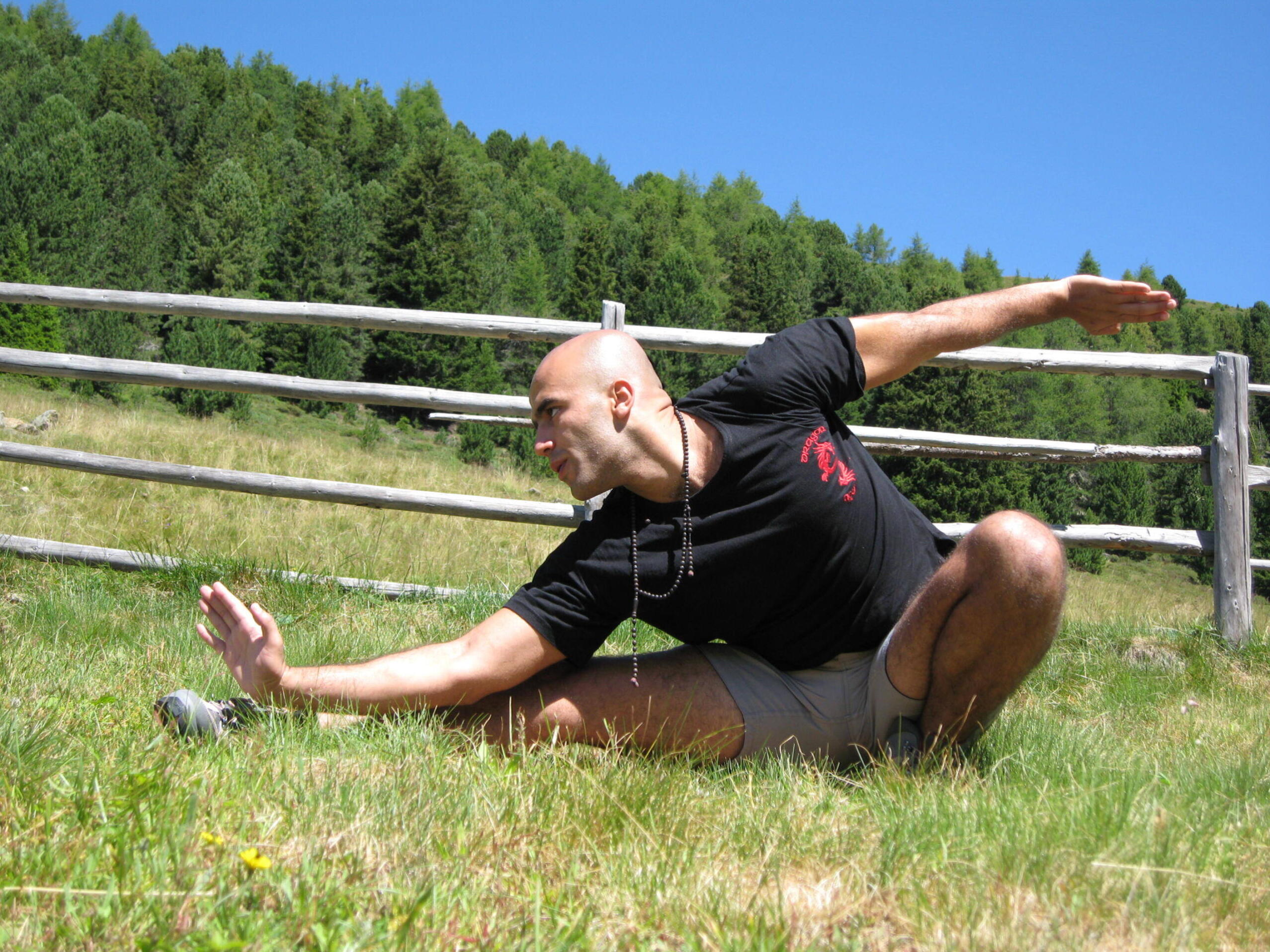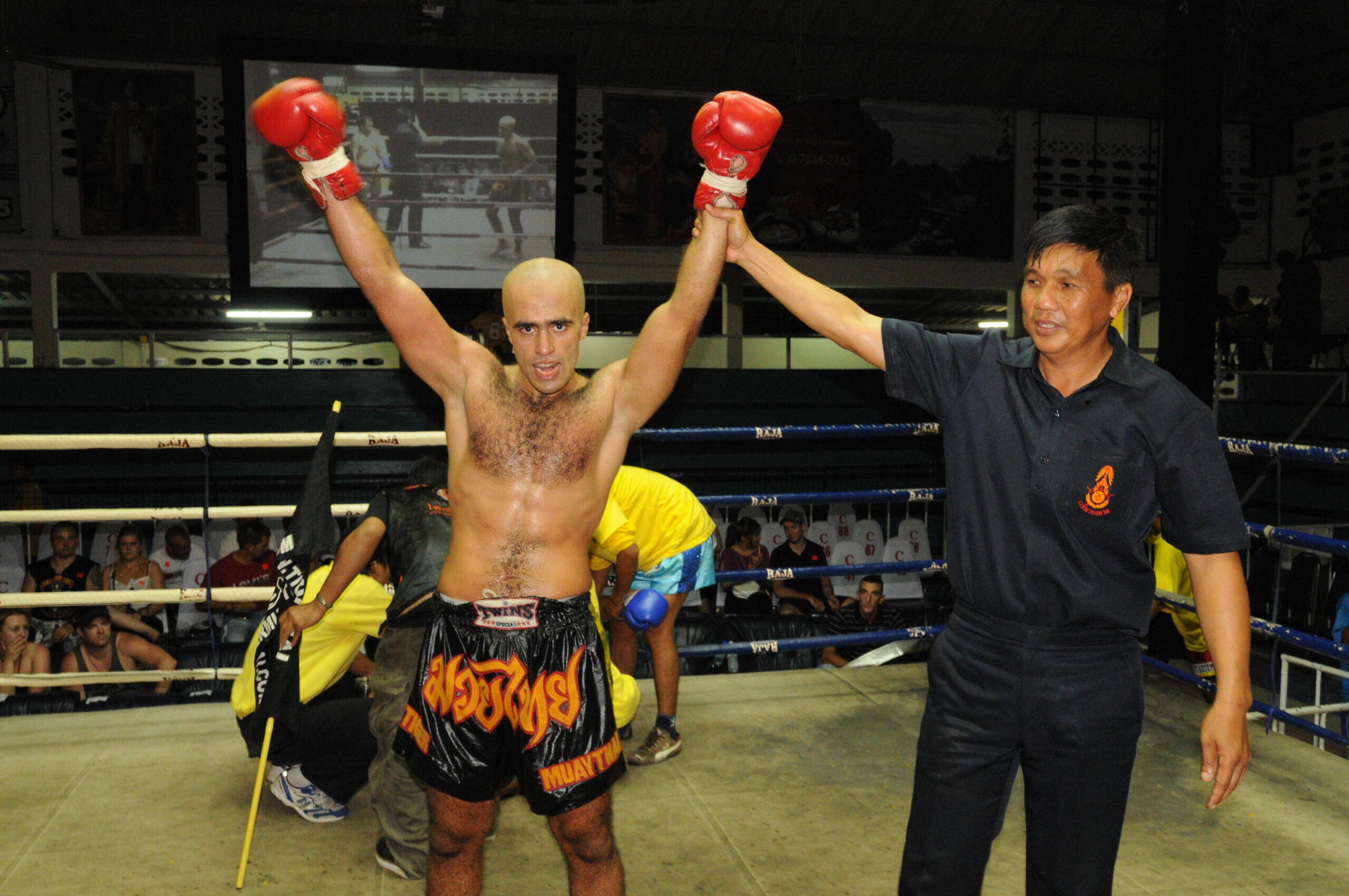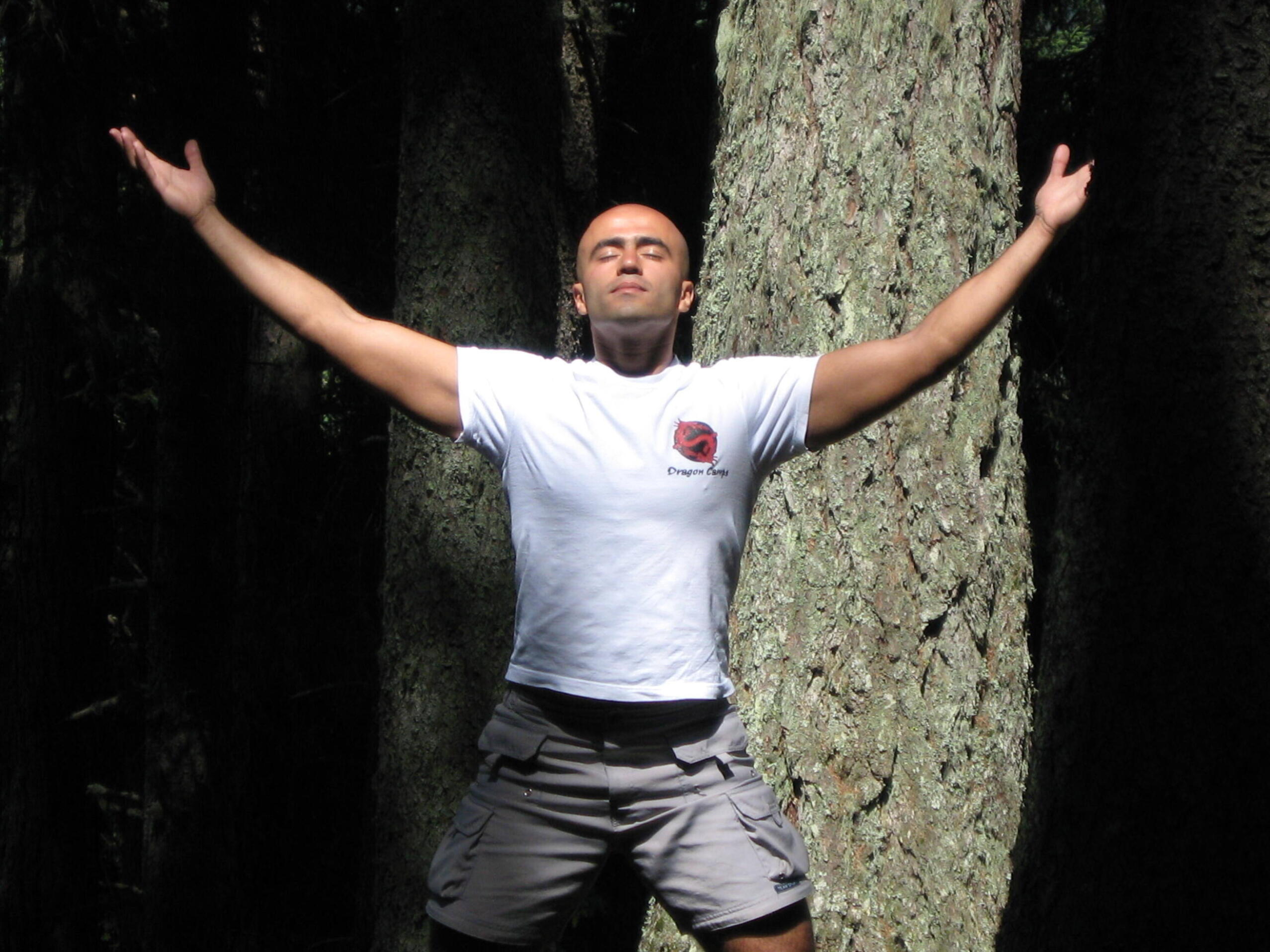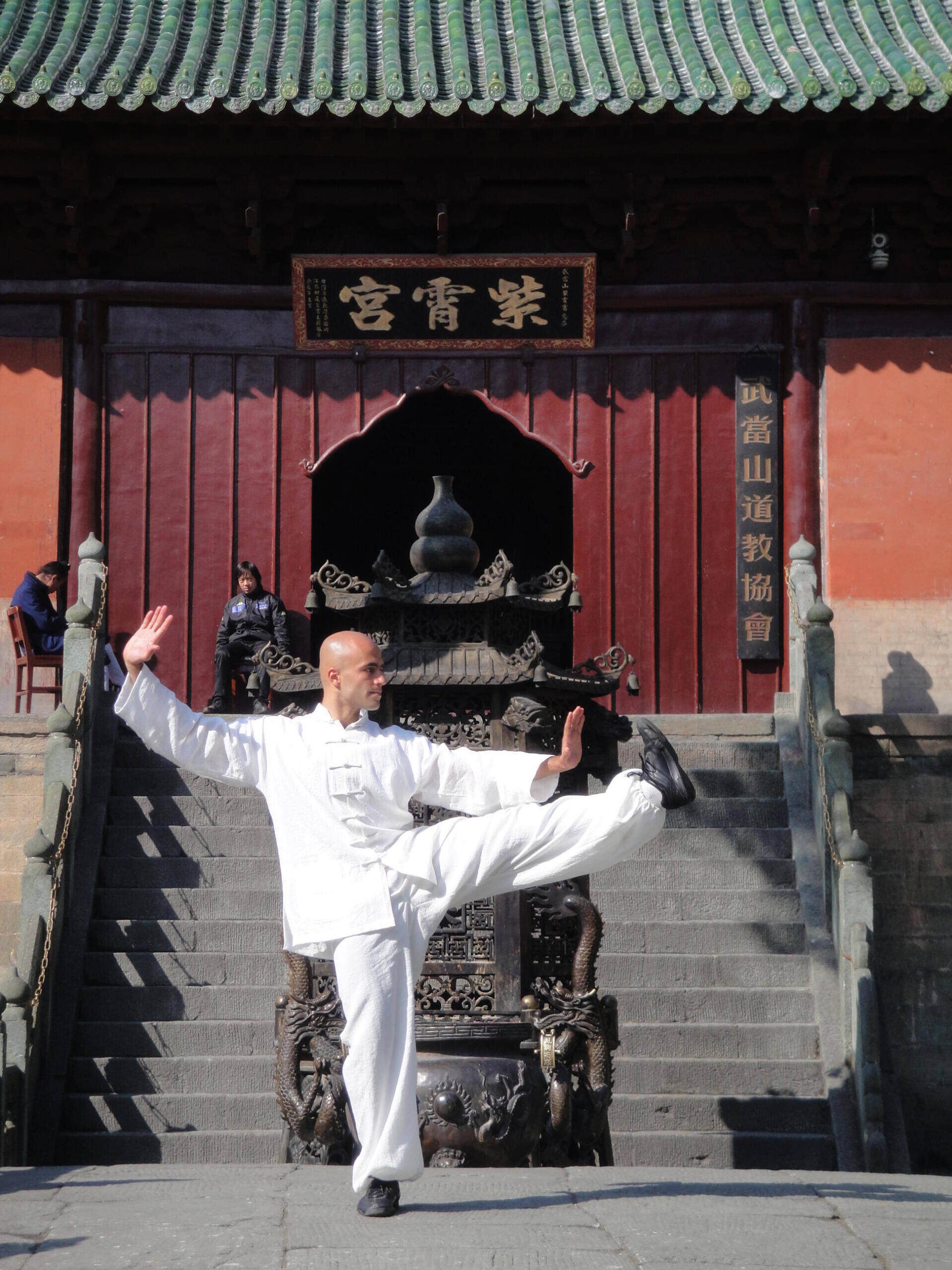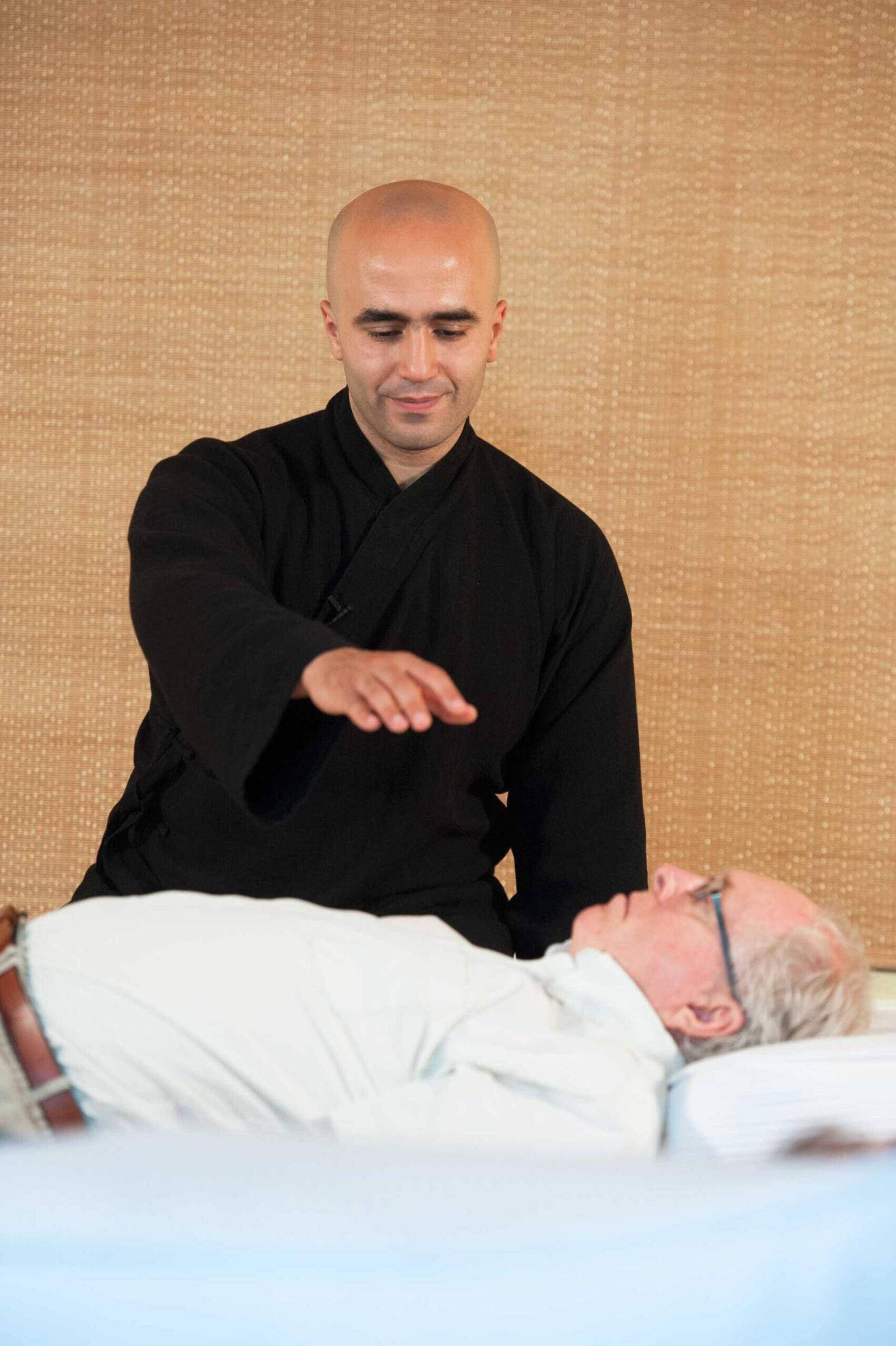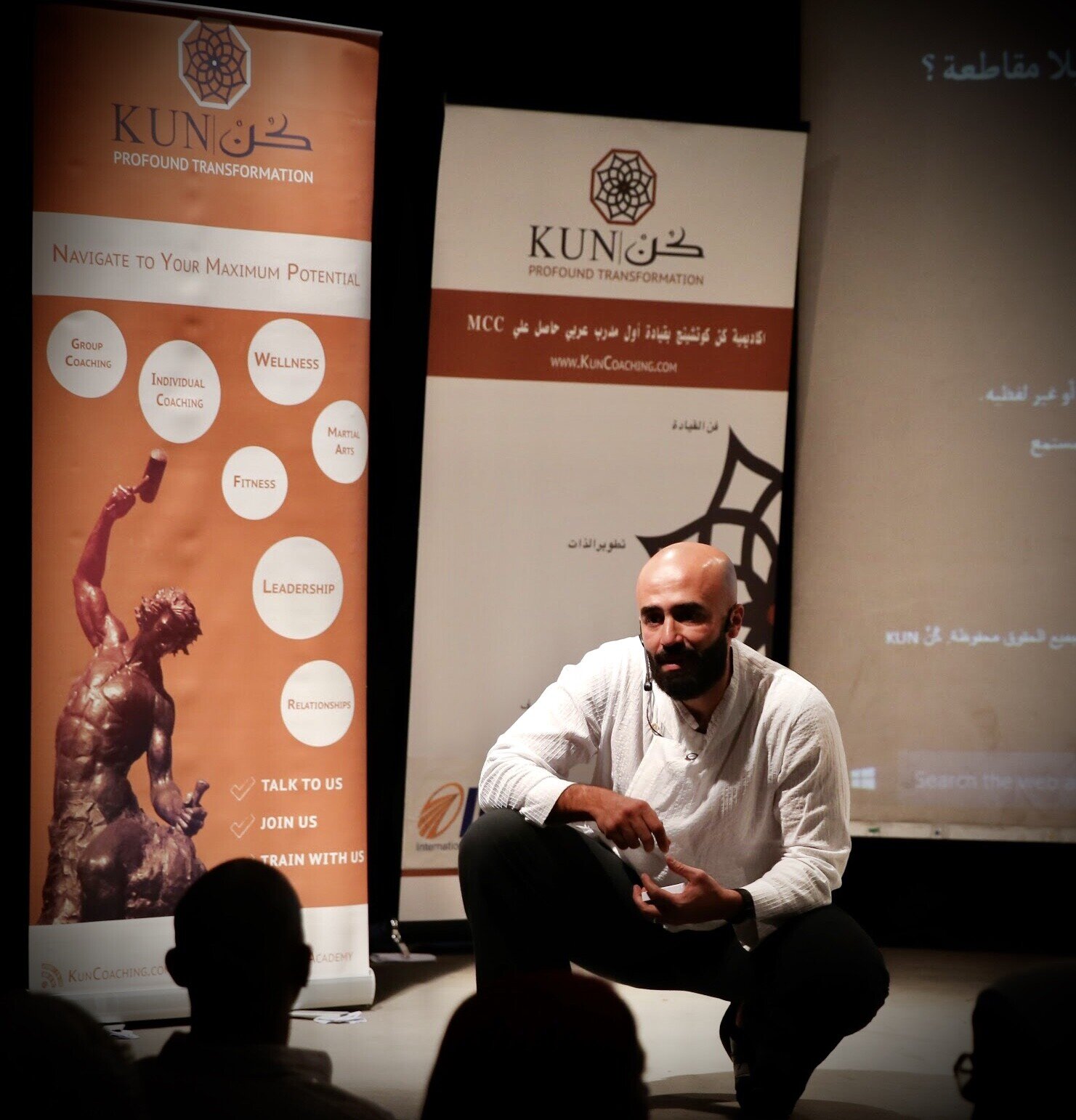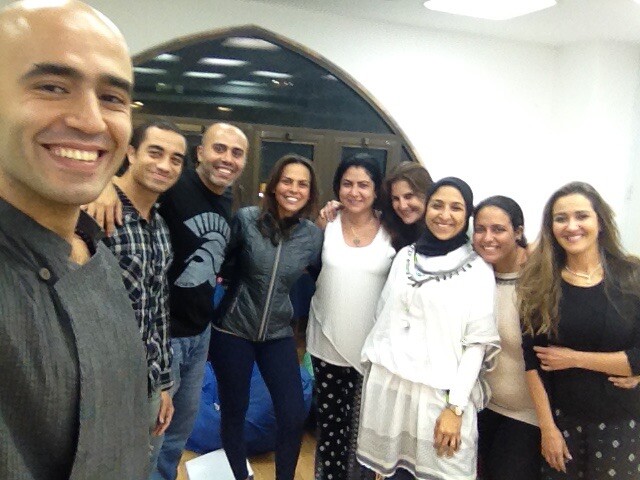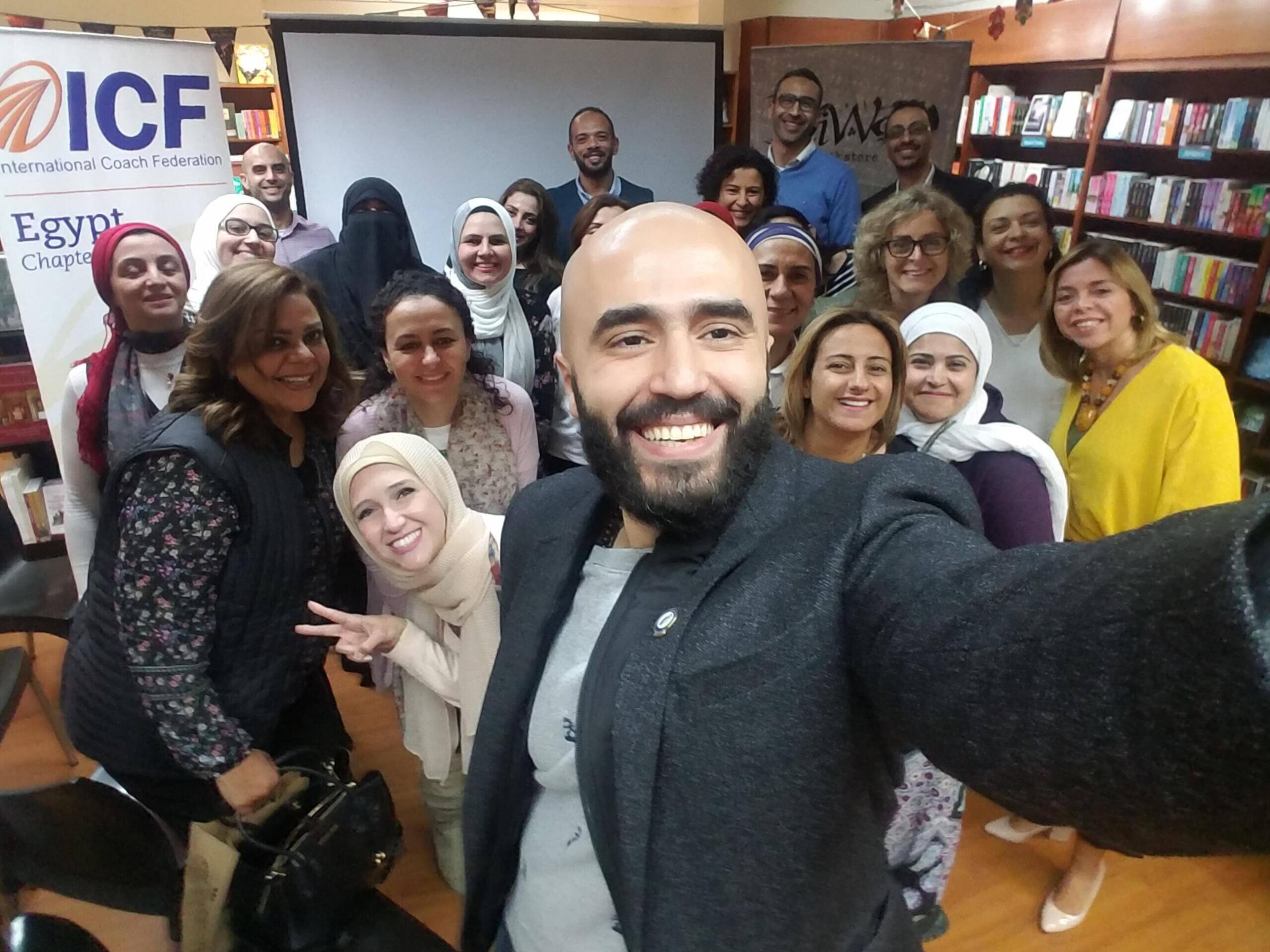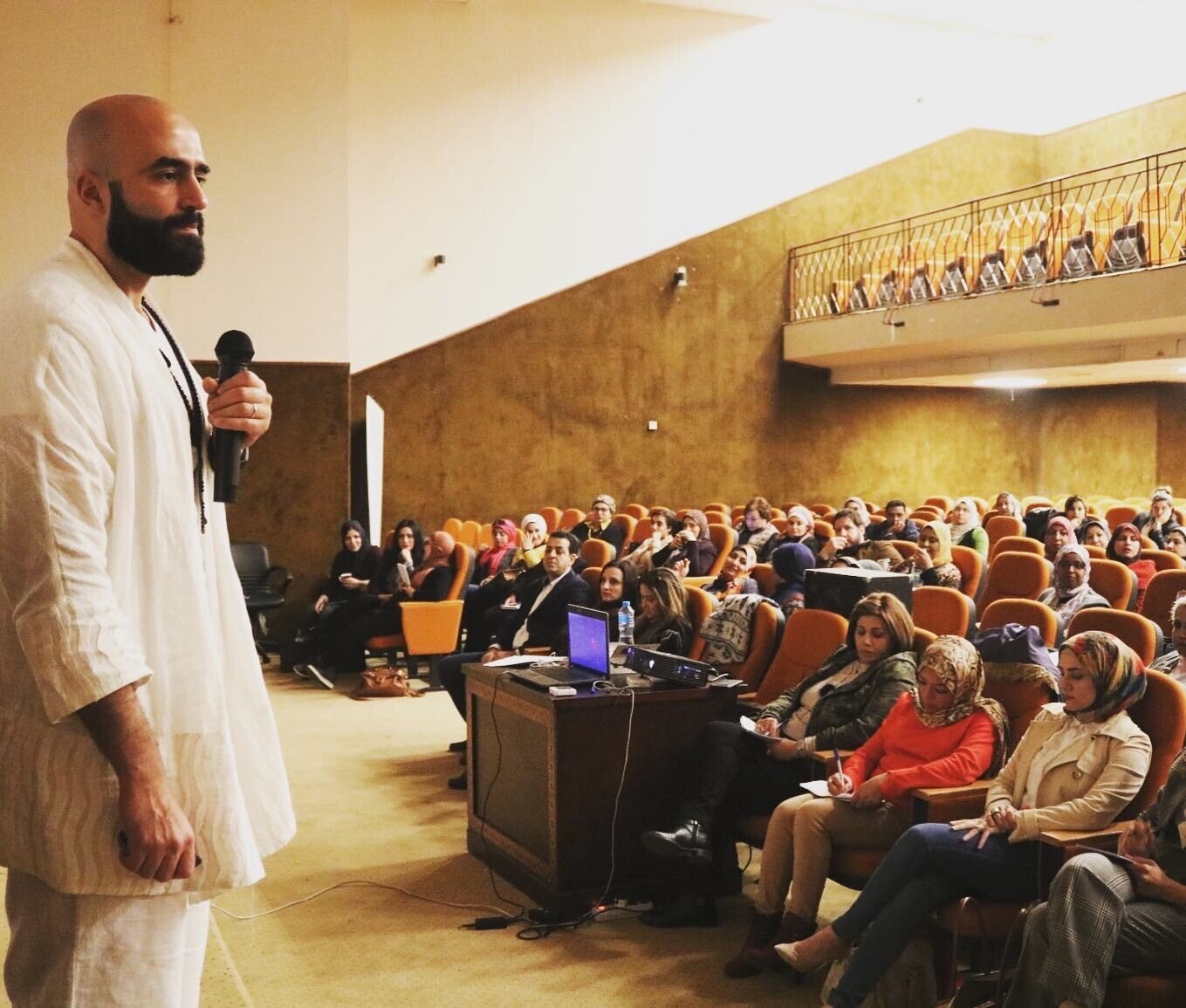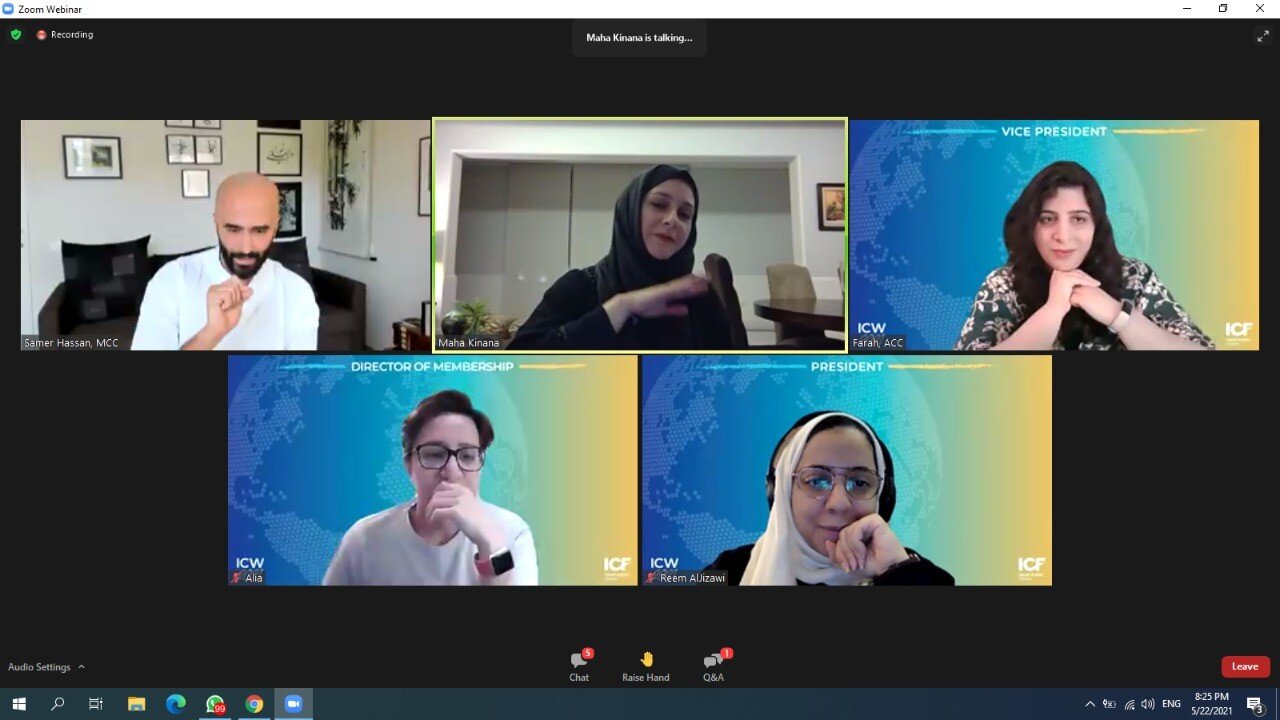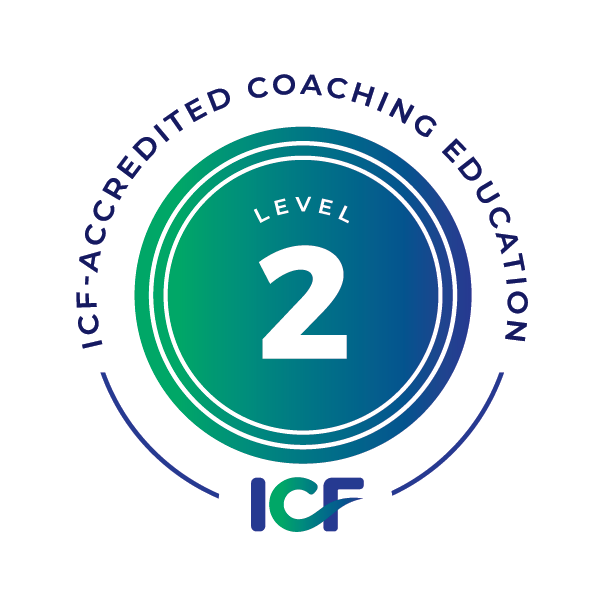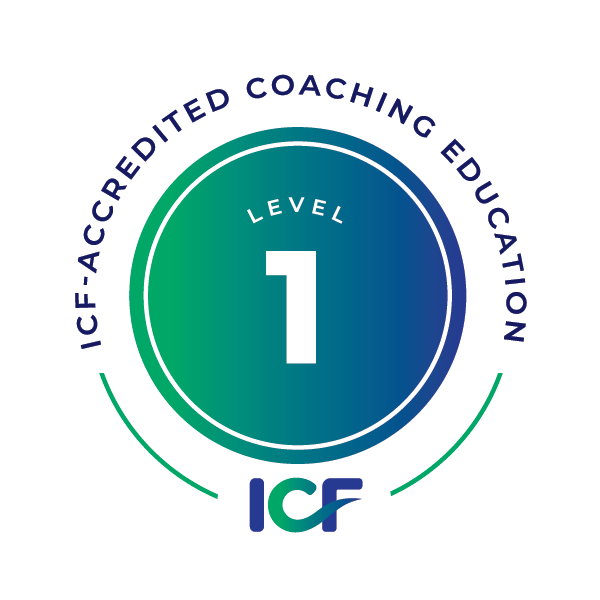The story of how Somatic Thinking came to be
The Art of Growing Beyond Limits
A coaching approach designed to help human awareness grow beyond the limits of objectives.
For 30 years, I have been practising and teaching martial and healing arts. In addition, I have been working as a professional transformational coach for 15 years. A long time ago, after completing my master’s studies in China, I returned to my home country Egypt and opened the “Dragon Academy” as a centre for healing and martial arts, which was one of a kind back then. Owing to all the holistic disciplines we offered (i.e. meditation, Qi gong, Yoga, etc.), I started witnessing how people were attaining better relationships, greater emotional balance, deeper clarity, a sense of purpose, and more. Seeing all of this warmed my heart and fulfilled me until the moment I decided to close the academy and move to Canada.
Moments from the Dragon Academy time.
You see, my working wife was pregnant with my daughter and my work was thriving yet overly demanding with very long hours, and in a moment of truth, I asked myself did I really decide to have a family so the nannies would enjoy my children instead of me? It was this question that resulted in deciding to move to Canada after consulting my wife Maria Michela, without her unconditional support it would have been impossible for me to find the courage to make such a decision as well as becoming who I am today.
I moved to Ottawa, Canada, while keeping in touch with my students, and noticing that most of them started regressing, losing life balance, discipline and motivation. They gradually stopped practising. Witnessing this was painful. I started wondering, “What did I do wrong?” I surveyed my students to make sense of what had gone wrong. After a demanding but stimulating process of reflection and introspection, I realized the lesson of my life that later became my purpose.
I realized that I was teaching my students with a passion to the best of intentions, the way my masters taught me – the traditional eastern way – focusing on perfecting techniques with quality, not quantity. We held that if you practised diligently for years without interruption, you would reap the benefits of acquiring skill and cultivating balance in life.
Indeed, my masters and I managed to reap valuable benefits for ourselves as our practice was our vital vocation. Yet, my students had vocations in life that were different to the practice they were perfecting with me. Of course, they would not commit to the same level of time and effort I would to sustain stable results. I realized that what had kept them going for as long as they did were two external motivations: (1) the allure of a safe non-judgmental community, and (2) the teacher that always motivates them. In the absence of these motivators, the busyness of life started taking over. Understanding what had gone wrong moved me to the core. I realized that I do not want to be the source of others’ motivation. Nor do I feel like giving people short-term benefits that they could not maintain or foster. These realizations have opened my eyes to my true vocation and who I wanted to become: a partner and companion, a peer inspiring people to dedicate themselves to growth sourcing their motivation from within.
Magically, once my true vocation awakened in me, I was introduced to professional coaching by one of my Canadian healing students/wellness coaching client/friend Pamela Pritchard, she explained to me that what I am doing and what I am looking to embody as a profession, actually exists in the west and that it is called professional coaching, and that she has her own well-proven coaching school. It took me seconds to accept her invitation to join her coach training program, I have felt that this newly discovered vocation of mine is having a life of its own and that it is guiding me to where I need to be. I finished my first long coach training program with Pamela, which expanded my awareness about myself and about the western approach towards human development, and left me with many unanswered questions. On one hand, I noticed a strong emphasis on achieving goals, cognitive fitness and utilizing character & behavioural archetypes charts as a way to understand people. On the other hand, I noticed the minimal emphasis on awareness as a goal in itself, physical sensory, somatic work and a way to understand others as unique individuals without the need to place them in any archetype.
I have asked myself if what I have observed was the western vs the eastern approach? Or was it only the approach of this coaching school? These questions motivated me to join another coach training program with another coaching school in the United States. One year and a half later I understood that although many human development pioneers have worked on bridging it, there was still a gap that I could sense clearly between the western and eastern approaches. Although I could sense this gap clearly, I knew that I was inexperienced in western coaching and bias towards the eastern way, it would have been childish of me to attempt to bridge this gap myself. So, I have decided to give myself to the journey of being a professional coach, keeping my biases in check and holding the space for what wants to unfold. After years of working as a professional coach blending both eastern and western wisdom in my practice, I was finally able to pinpoint the one ability that, if activated by design, I found that it will bridge the gap and open the door to limitless, unconditional growth: presence. We can find this ability integrated into the western approaches to coaching in (Silsbee, 2008) coaching for presence approach and it is instructed in coaching programs offered by (Hunt, 2009) and (Divine, 2009) to name but just two. In the eastern wisdom, presence is the core of each and every spiritual and healing path, it is encoded in thousands of years of religious and cultural heritage across the east.
Moments from Canada.
Indeed, this ability is innate in our human nature, albeit forgotten in a dark corner inside the self. Yet, it is there waiting to emerge into the light of our awareness. It becomes the space where our mind, body, inner world and the world communicate. Once in our awareness, presence will turn every experience into an opportunity to learn, adapt and grow. At this point an important question was born in my mind: How can I create space for people to experience presence by design?
The Birth of Somatic Thinking
Somatic Thinking was born from the question, “How can I create space for people to experience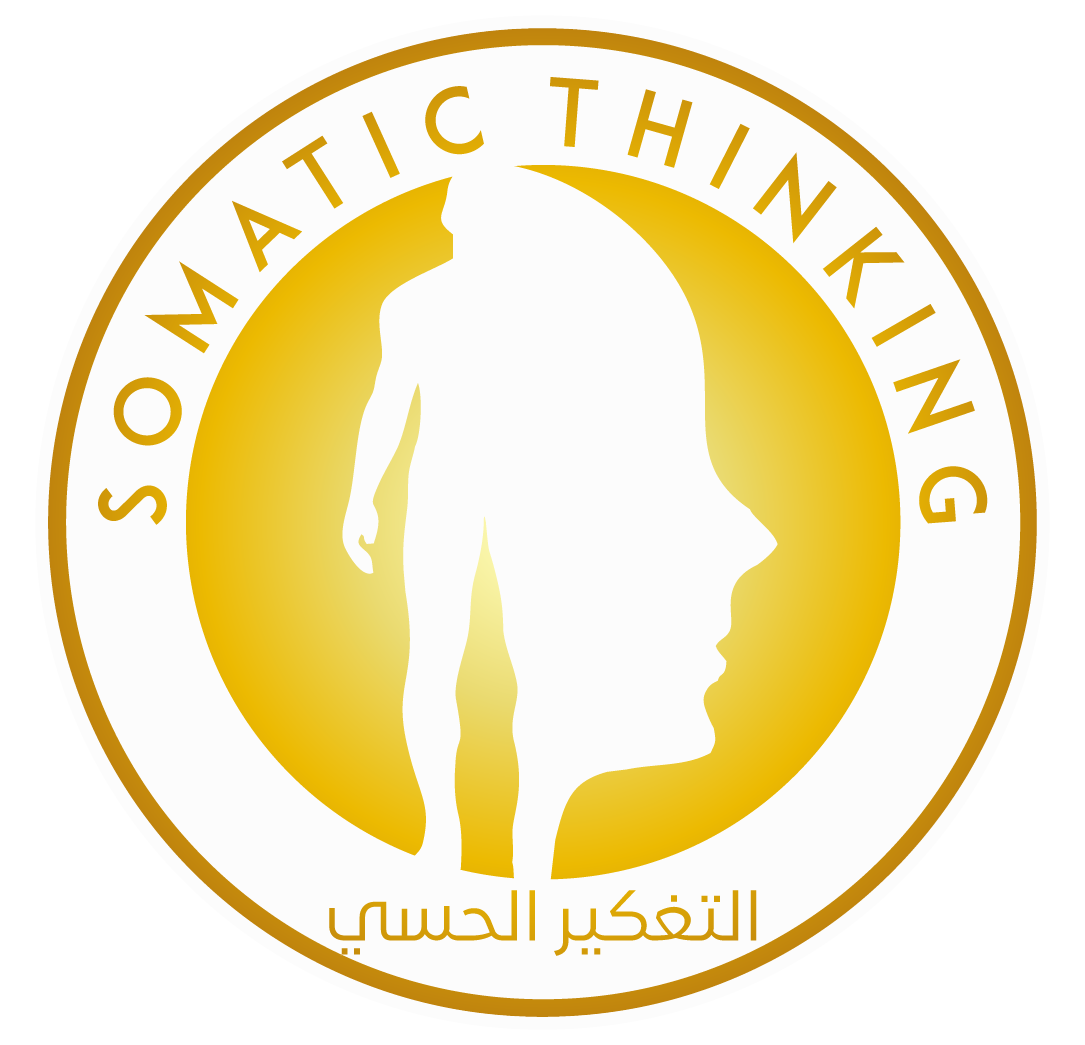 presence by design?”. Leveraging my 30+ years of martial and healing arts experience as well as 15+ years of coaching individuals and groups on four continents in three languages, I felt empowered to build a shortcut to presence. I designed Somatic Thinking as a philosophy and coaching methodology with the sole purpose of creating space for people to experience the state of presence and adopt it as their predominant state of being in the world.
presence by design?”. Leveraging my 30+ years of martial and healing arts experience as well as 15+ years of coaching individuals and groups on four continents in three languages, I felt empowered to build a shortcut to presence. I designed Somatic Thinking as a philosophy and coaching methodology with the sole purpose of creating space for people to experience the state of presence and adopt it as their predominant state of being in the world.
The philosophy in the name
The first part of Somatic Thinking is the word ‘somatic’ originates from the Greek ‘soma’ meaning the body. A human being is a meaning-making creature that interacts with life, through a physical form that is called the body (Gendlin, 2003). Life is a physical experience, a world that is rich with sensory information (Gendlin, 2003). It offers us energies that stimulate the senses of our body, which is capable of sending and receiving sensory information. Once our mind perceives the stimuli, we interpret the sensory information giving it some meaning, forming ideas, making decisions and then acting. In brief, the body shapes the mind (Pfeifer, R., & Bongard, J. C., 2007)
The second part ‘Thinking’ is the ability to use the mind to consider something. ‘Somatic Thinking’ as a concept helped me describe the partnership between the body and the mind when experiencing life, which is widely known as embodied cognition (Mahon, B. Z., & Caramazza, A. , 2008) and recognized in coaching through the embodied perspectives of physicality in coaching (e.g., (Jackson, 2017)).
Somatic Thinking is defined
It is “Experiencing life in partnership with the body for presence and holistic awareness, making fulfilment and ease the prevalent state of being”.
I am not reinventing the wheel I am just upgrading it. The concept of body and mind forming a holistic partnership is well established in psychotherapy (e.g. (Reich, 1927). (Röhricht, F., Gallagher, S., Geuter, U, & Hutto, D. D., 2013)) and has been taken up by phenomenologists (e.g. (Merleau-Ponty, 2002) ), sociologists (e.g., (Waskul, D., & Vannini, P. , 2006) ), bioenergetic scientists (e.g., (Lowen, 1994); (Cotter, 1996)) as well as coaching scholars (e.g., (Silsbee, 2008); (Jackson, 2017); (Whitworth, L., Kimsey-House, K., Kimsey-House, H., & Sandahl, P., 2007)).
For instance, the steps of a) receiving and sending sensory information in the body and b) making meaning of this information through thinking form what I refer to as the human interaction cycle (HIC) in Somatic Thinking. This cycle is acknowledged in psychotherapy (e.g., (Reich, 1927)) and health care sciences (e.g., (Jarvis, 2012)) as shaping our relationship to current experiences and all our future relationships to similar experiences. Gestalt psychology (e.g., (Bluckert, 2006)) posits that it also helps us craft our values, beliefs, identity and behaviour.
Many steps , same jouerny!
This post is part of the unpublished book “Somatic Thinking” by Coach Samer Hassan

